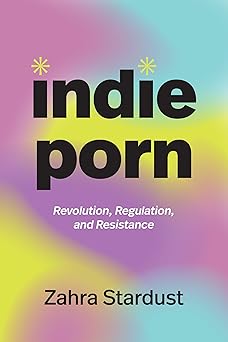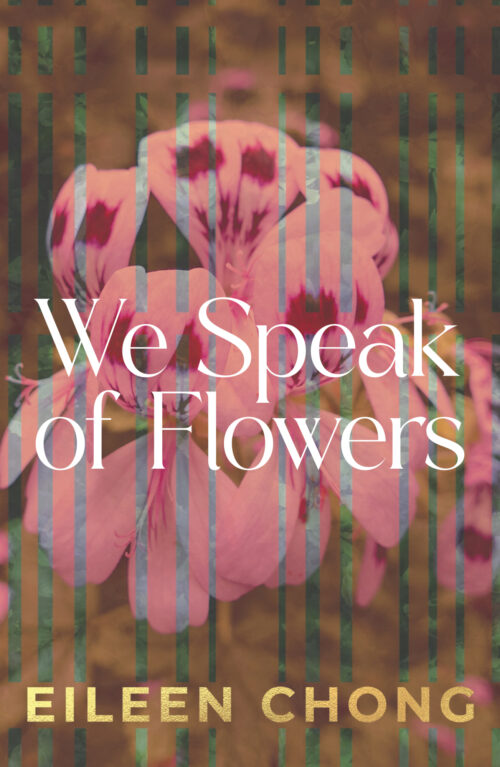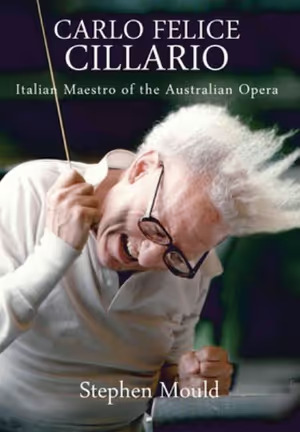Letters to the Editor
![]() Want to write a letter to ABR? Send one to us at This email address is being protected from spambots. You need JavaScript enabled to view it.
Want to write a letter to ABR? Send one to us at This email address is being protected from spambots. You need JavaScript enabled to view it.
Another mangled breast
Dear Editor,
I walked out of a screening of Benedetta last night. I simply could not stomach yet another gratuitous scene of degradation – another mangled breast or ruined girl. Basic Instinct by way of Monty Python, Benedetta is phwoar, peephole filmmaking – a tale of snickering cruelty. It is an object lesson in the male gaze – women’s intimacies as a leering punchline. The persecuted Benedetta Carlini has been exhumed from history for the benefit of a dildo gag. There was a tale to tell here about cloistered power and the lure of rapture. It feels mightily telling that my friends and I were the only women in the screening.
Beejay Silcox, Narrabundah, ACT
Mindy Gill
Dear Editor,
What an excellent, subtle essay by Mindy Gill (ABR, March 2022). It feels like a companion piece to Zadie Smith’s NYRB piece, ‘Fascinated to presume’
Dear Editor,
I appreciate the careful distinctions made in this essay, and hope they can be heard by readers everywhere.
David Mason (online comment)
Dear Editor,
I am old enough to remember the cult of migrant writing, a forerunner of identity politics. Both are sort of playing the man instead of the ball and losing the point of the game altogether. The work suffers, as do the writers. It is time the situation is called out. Well done, Mindy Gill.
Perception, consciousness, and cognition
Dear Editor,
In her review of Antonio Damasio’s Feeling and Knowing: Making minds conscious, Diane Stubbings seems to veer between perception, consciousness, and cognition. They are, of course, cognate but are distinct and need to be kept so if we are ever to understand what they are.
Of the three, perception is probably fundamental. It seems to be a property of most (if not all) animal life, but, pace Thomas Nagel (of ‘What is it like to be a bat?’ renown), we have no real idea of how it arises, and though we assume that sensations are comparable, we also know (e.g.in colour blindness) that they are not necessarily the same for different individuals. Why is this a ‘problem’? It is essentially because, though the nerve impulses which convey information from (for example) the olfactory epithelium, the retina, the auditory system or the skin operate with, basically, the same biophysical mechanisms, the perceptions which they evoke are quite distinct and seem to depend upon transformative processes which depend, critically, on where in the brain they arise.
Yet it is a reasonable assumption that when, say, my dog is given a general anaesthetic drug, the effects are analogous with what happens to me with that same drug. Thus noci-sensitive pathways probably possess common features. But we cannot know what a conscious canine ‘feels’ or perceives. Furthermore, every dog owner knows that their pets experience what looks like joy and guilt, but that, by no means, indicates that it experiences a comparable ‘consciousness’ to ours, nor that it can think and reflect as we do.
We are also aware that animals (including invertebrates) have memory and we know that these must involve biochemical mechanisms, including the synthesis of new molecules. Yet, we have absolutely no idea (apart from theories, some of them fanciful) of how those chemicals (including new proteins) generate the vivid memories – of people, sounds, words, odours and tastes – which are so familiar to us.
Furthermore, assertions such as ‘the emergent properties of neural networks’ do no more (in my judgement) than state the obvious in different words. I might just as validly theorise that the picture on the screen of my television is an ‘emergent property’ of its circuitry. It does not take us a single step from our starting point.
John Carmody, Roseville, NSW
Something of a stretch
Dear Editor,
There is no doubt the interruption to the book fair was unpleasant and unfortunate, but to draw from that the conclusion that we are all doomed seems something of a stretch. There exists a grey area in which the rights of individuals have had to be set aside for the greater good, but most of those folk are law-abiding citizens who, once the pandemic is over, will return to their normal patterns of behaviour despite the reinforcement of their fears about the imagined connections between big business and big pharma (never mind that you would have been better off investing in Tesla or Bitcoin in the last couple of years rather than Pfizer or Moderna).
Patrick Hockey (online comment)
The Grainger Museum
Dear Editor,
What an insightful commentary from Peter Tregear (‘The Grainger Trap’ ABR April 2022). I have seen the latest installation at the Grainger Museum. Fresh responses to museums and collections should always be welcome, particularly from groups and individuals traditionally excluded. At a university museum, however, surely such efforts should also be informed by awareness of the history of the collection, the institution, the founder(s), and their historical context. These factors can (and probably should) be challenged and critiqued. But to challenge and critique you must first understand: read the existing literature, do your research.
Fred Wilson’s brilliantly subversive interventions revealed a solid understanding of the collections and institutions that he was critiquing, gained presumably through reading, research and discussion, and complementing his own lived experience and sharp insights. The Grainger Museum’s latest project is the work of its first ‘Creative Researcher in Residence’. In other typical university/academic forums, such as seminars, conferences and peer-reviewed journals, research and a knowledge of prior scholarship are essential. They should also be essential in university museums.
Belinda Nemec (online comment)





Comment (1)
A very readable introduction is The Whole Creature by Wendy Wheeler.
Leave a comment
If you are an ABR subscriber, you will need to sign in to post a comment.
If you have forgotten your sign in details, or if you receive an error message when trying to submit your comment, please email your comment (and the name of the article to which it relates) to ABR Comments. We will review your comment and, subject to approval, we will post it under your name.
Please note that all comments must be approved by ABR and comply with our Terms & Conditions.